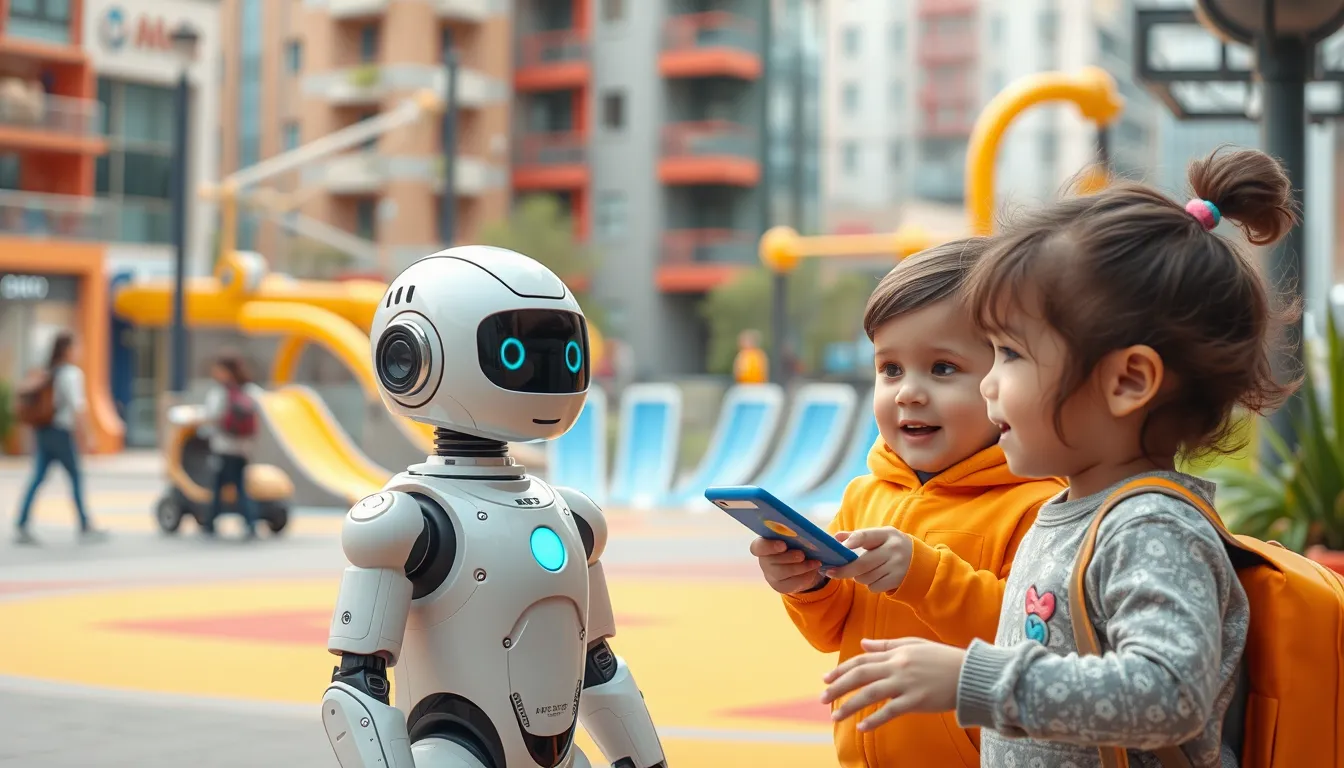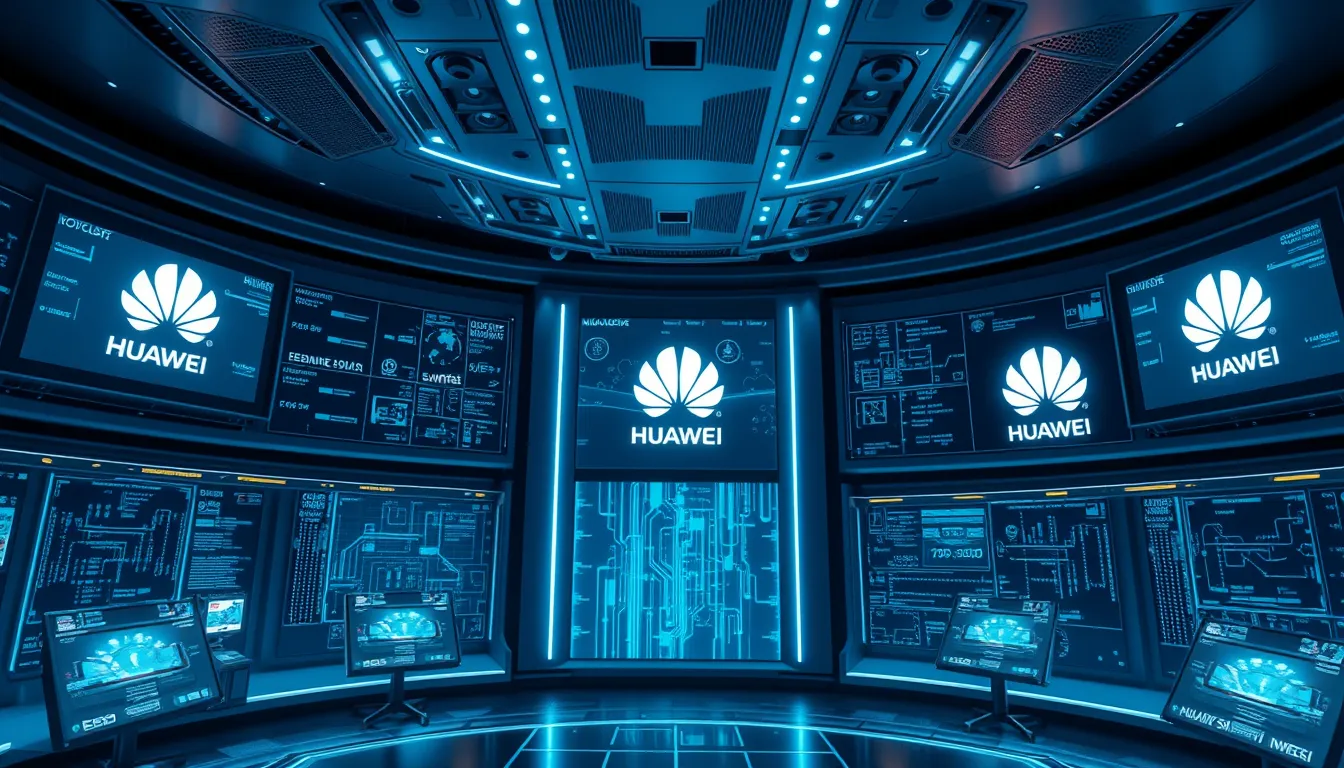Now Reading: Children Perspectives on AI: Shaping Future Education
-
01
Children Perspectives on AI: Shaping Future Education
Children Perspectives on AI: Shaping Future Education

Children Perspectives on AI: Shaping Future Education
In an era dominated by rapid technological advancements, the unique insights offered by children perspectives on AI are beginning to reshape how we understand and integrate technology into education. These views are both refreshing and transformative, highlighting the powerful role of digital literacy and ethical discussions in preparing young minds for a future where artificial intelligence is omnipresent.
Introduction – Embracing Kids Views on Artificial Intelligence
Today’s classrooms are witnessing an unprecedented shift. More than ever, children are engaging in thoughtful conversations about AI. This is not only about learning how to use technology but also about delving deep into the ethical implications of AI among children. Teachers and educators are pioneering approaches that encourage kids to question, analyze, and form opinions on topics such as teaching AI and AI ethics in classrooms. Initiating these discussions early helps cultivate a well-rounded understanding of innovation and responsibility.
What Do Kids Actually Think About AI?
One recurring question in educational forums and media articles is: “What do kids actually think about AI?” The answer is multifaceted. Interviews and classroom observations reveal that children see AI in a variety of lights:
- Many view artificial intelligence as a helpful tool that simplifies learning and supports creativity.
- Some express concerns regarding privacy, data security, and the potential misuse of technology.
- A number of students are excited about AI’s capabilities, seeing it as a magical assistant capable of solving challenging problems.
This diversity of opinions underscores the fact that children are not passive consumers of digital content but rather active thinkers who engage critically with the technology around them. Their insights can provide educators with fresh perspectives on how to incorporate technology effectively in learning environments.
AI in Education – Teaching AI and Enhancing Digital Literacy
As AI in education becomes a vital topic of discussion, educators are exploring innovative ways to integrate courses that teach AI fundamentals alongside traditional subjects. This dual approach not only enhances digital literacy for kids but also fosters a culture of curiosity and innovation. For example, educators are adopting project-based learning approaches where students are encouraged to develop simple algorithms and engage in tasks that simulate AI operations. Resources such as the official Wired website provide excellent case studies and articles that further illuminate these evolving practices.
Through these teaching methods, students learn more than just how technology works; they gain insight into its broader implications. Topics like the ethical implications of AI among children are woven into the curriculum, prompting discussions about fairness, bias, and the responsibilities that come with technological innovation. This comprehensive approach prepares students to navigate a future where digital tools and ethical considerations go hand in hand.
AI Ethics in Classrooms – Balancing Innovation with Responsibility
With the accelerating pace of technological change, ethical considerations remain at the forefront of classroom discussions. Integrating AI ethics in classrooms ensures that students not only understand the technical aspects of artificial intelligence but also appreciate its societal impact. By exploring questions such as “Who is responsible when AI fails?” or “How do we ensure fairness in machine learning?”, children learn to think critically about the complexities involved in digital innovation.
Educators emphasize that these discussions are crucial for:
- Developing an awareness of the potential risks and benefits of AI.
- Cultivating a sense of responsibility among young learners.
- Promoting a balanced view of technology as a tool that can be used for both good and unintended consequences.
Such early education in ethical dimensions can serve as the foundation for a generation better prepared to embrace digital challenges responsibly.
Classroom Observations – Integrating AI Discussions and Real-World Insights
Recent studies and interviews with teachers reveal how classroom dynamics are evolving. Many teachers report that integrating AI discussions in classroom settings has led to surprising insights. Students are not only absorbing information but also actively questioning existing narratives about technology. They bring fresh energy into debates, asking insightful questions such as:
- How does AI determine which information is shown to us?
- Can algorithms be designed to avoid bias?
- What safeguards are necessary to protect individual privacy?
Such questions highlight that children perspectives on AI are essential to a balanced educational dialogue. These classroom conversations help demystify technology and empower students to become innovative problem solvers.
Future Implications – How Children Will Influence AI Development
Looking ahead, the diverse views that children share about artificial intelligence are likely to influence how AI technologies evolve. By involving young minds in discussions about digital literacy and ethical considerations, we prepare a future workforce that is not only tech-savvy but also acutely aware of the moral dimensions of innovation. As educational institutions continue to adapt, incorporating structured discussions about what do kids actually think about AI will pave the way for more informed and balanced policy decisions.
Moreover, these conversations can foster a collaborative environment between educators, policymakers, and technology developers. By listening to children perspectives on AI, industry leaders can gain insights into potential challenges and opportunities that may not be apparent through conventional analysis.
Conclusion – A Call to Action for Parents, Educators, and Policymakers
In conclusion, the growing trend of engaging children in discussions about AI is a promising development. The insights generated from these conversations are invaluable—they reveal not only the awe and curiosity that AI inspires but also a critical awareness of its risks and ethical dilemmas. This synthesis of wonder and caution is paving the way for future innovations that are both technologically advanced and ethically grounded.
As we navigate an era where AI in education will play an increasingly central role, it is crucial for parents, educators, and policymakers to foster an environment where children can express their ideas freely. Embracing these perspectives and incorporating them into educational strategies will ensure that technology remains a tool that serves humanity, driven by creativity, critical thinking, and ethical responsibility.
By prioritizing digital literacy and ethical debates from an early age, we empower the next generation to not only master technology but also shape a future where the benefits of AI are accessible, safe, and aligned with human values.

























